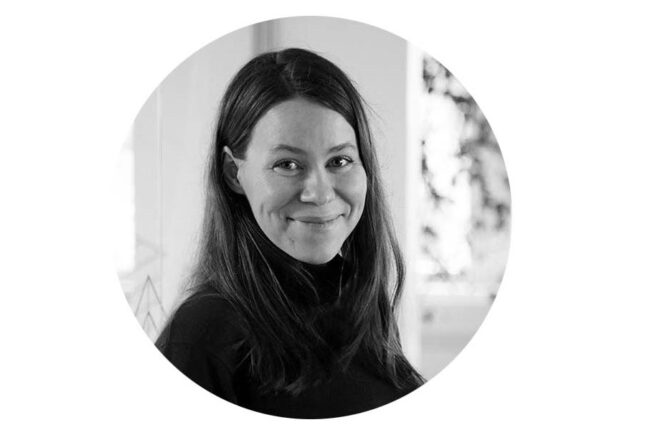

The journalistic media also plays a role in making research-based knowledge more accessible and visible in everyday life. The text is an editorial written for issue 3/2021 on Research & Practice of Adult Education.
This autumn issue of Elm Magazine is dedicated to exploring the relationship between research and practice in adult education and lifelong learning.
Exploring research and practice right now felt like an important decision for several reasons.
Firstly, the public discussion around the significance of research seems quite heated at the moment.
In Finland, the government recently attempted to substantially cut research funding. Universities are experiencing more and more pressure to adapt to the interests and demands of the commercial world. Particularly the “soft sciences” face open mockery on their alleged lack of real feasibility in the “real world”.
It is no wonder that recently many researchers have been feeling the need to highlight the importance of independent academic research and the cumulative nature of science.
On the other hand, it is reasonable to ask how research could be made more accessible and visible in everyday life and practice.
Discussing research in an understandable, accessible way is an important part of journalism and its function in delivering credible and relevant information to the people.
It is no wonder that research, to many, might appear an abstract and ambiguous institution if its findings are not also communicated to those outside the academic community.
THESE CHALLENGES in dialogue between research and practice also exist in the field of adult learning and education. Peter Brandt, in his article for this issue, argues the gap between research and practice in this field is, in fact, particularly wide.
Brandt and many other experts argue that more focus on knowledge transfer and mutual collaboration between these two areas is urgently needed.
As Bjarne Wahlgren emphasises in our interview, transferring knowledge produced in a certain context to another does not just “happen” automatically. In most cases, it requires “translation” work, such as turning academic papers into materials that are easy to use in pedagogical work.
Moreover, knowledge transfer should be a ‘two-way street’ type of situation, meaning communicating the challenges and questions practitioners have back to the researchers and figuring out how they could be addressed through science.
AS A JOURNALIST, I AM PARTICULARLY interested in the role media can play in this mutual exchange and communication.
I believe that discussing research in an understandable, accessible way is an important part of journalism and its function in delivering credible and relevant information to the people. That is why it is also at the heart of Elm’s editorial mission.
We base our articles on research-based knowledge and regularly feature topical research in the adult education field, but always aim to explore research in connection with adult education practice.
This can mean, for example, interviewing both researchers and education practitioners on the same topic.
This autumn issue, which is also part of the Year of Research-Based Knowledge, offers a chance solely to focus on exploring the nuanced relationship between research and practice.
Kirjoittaja






